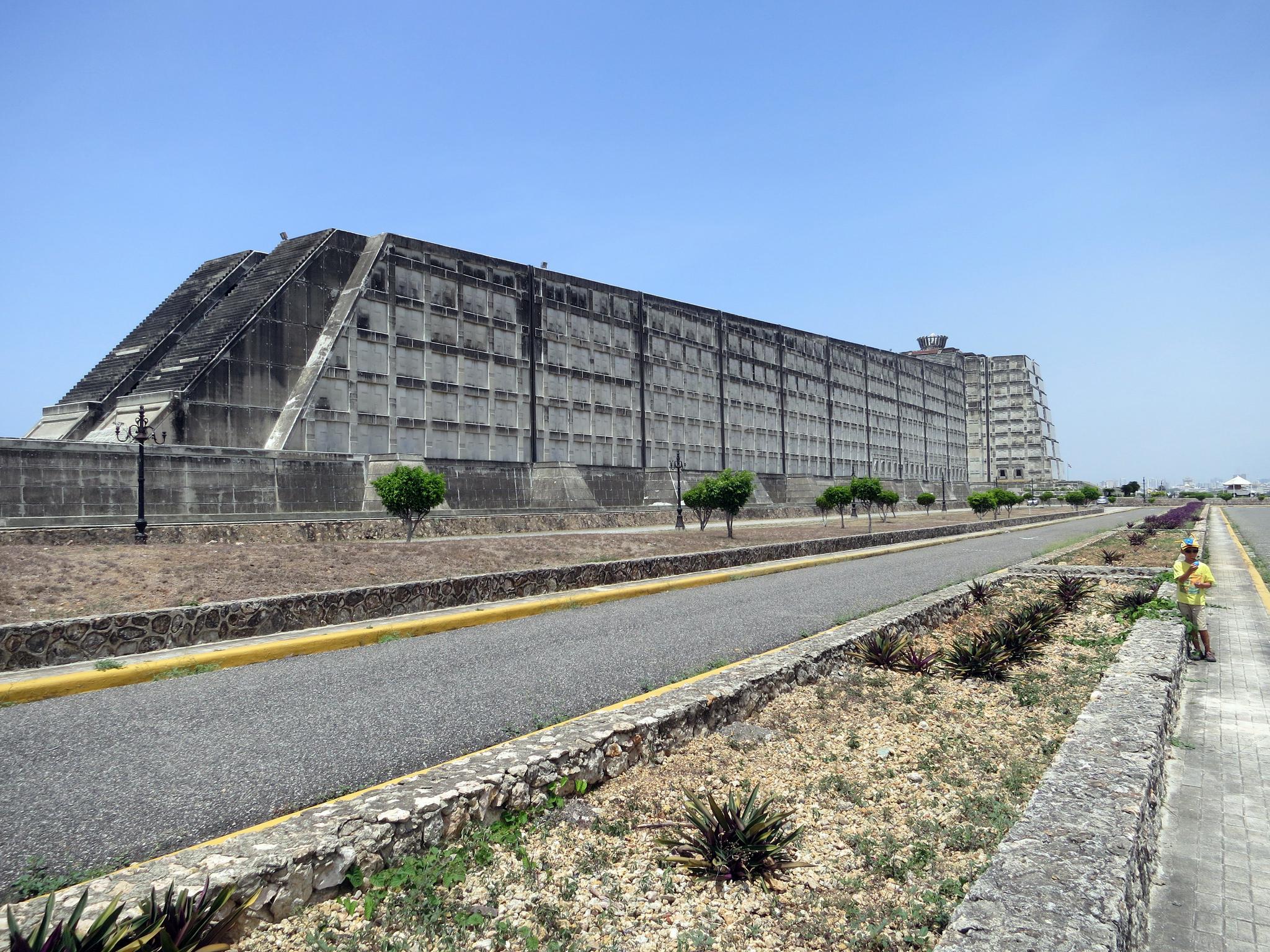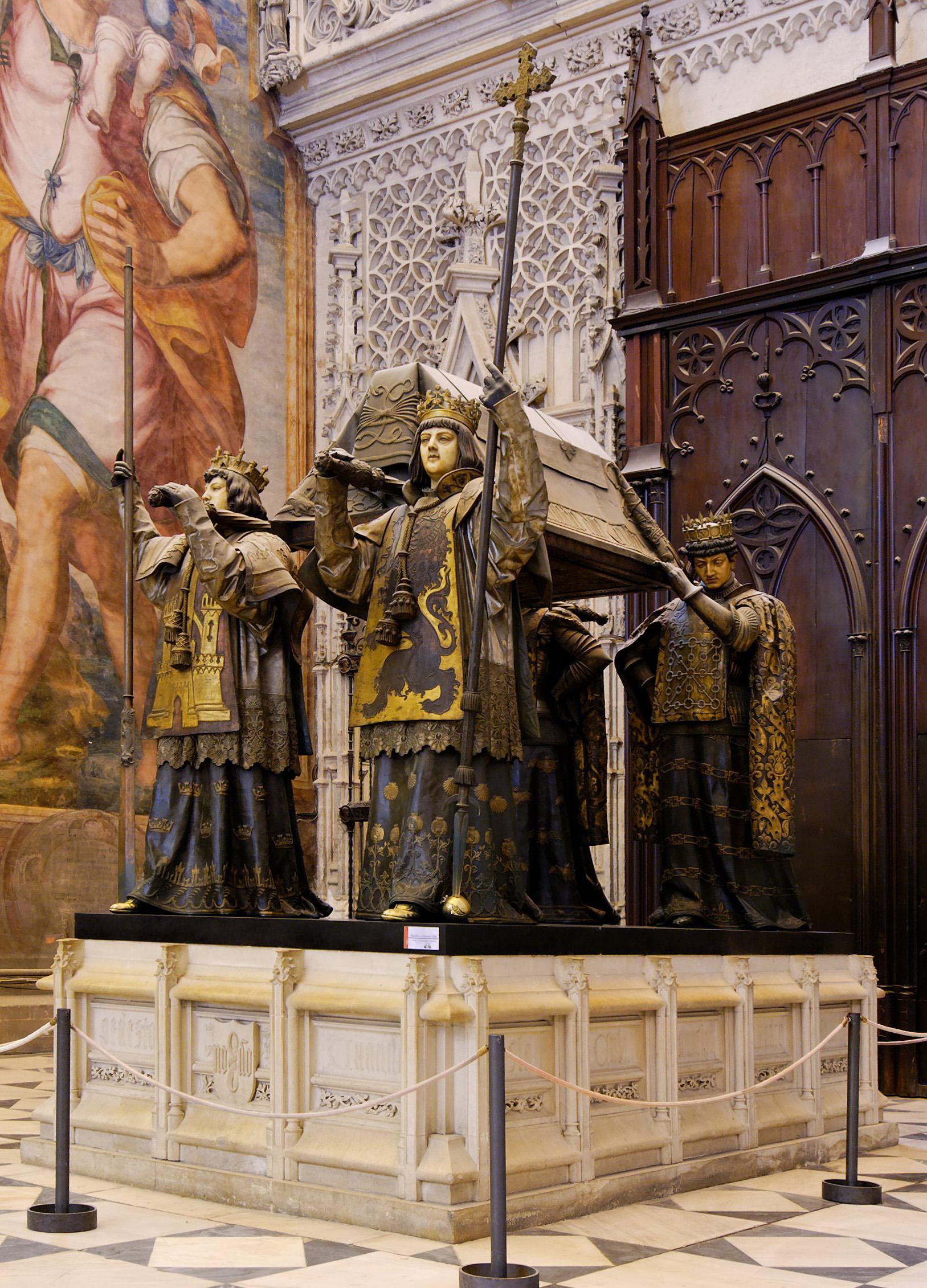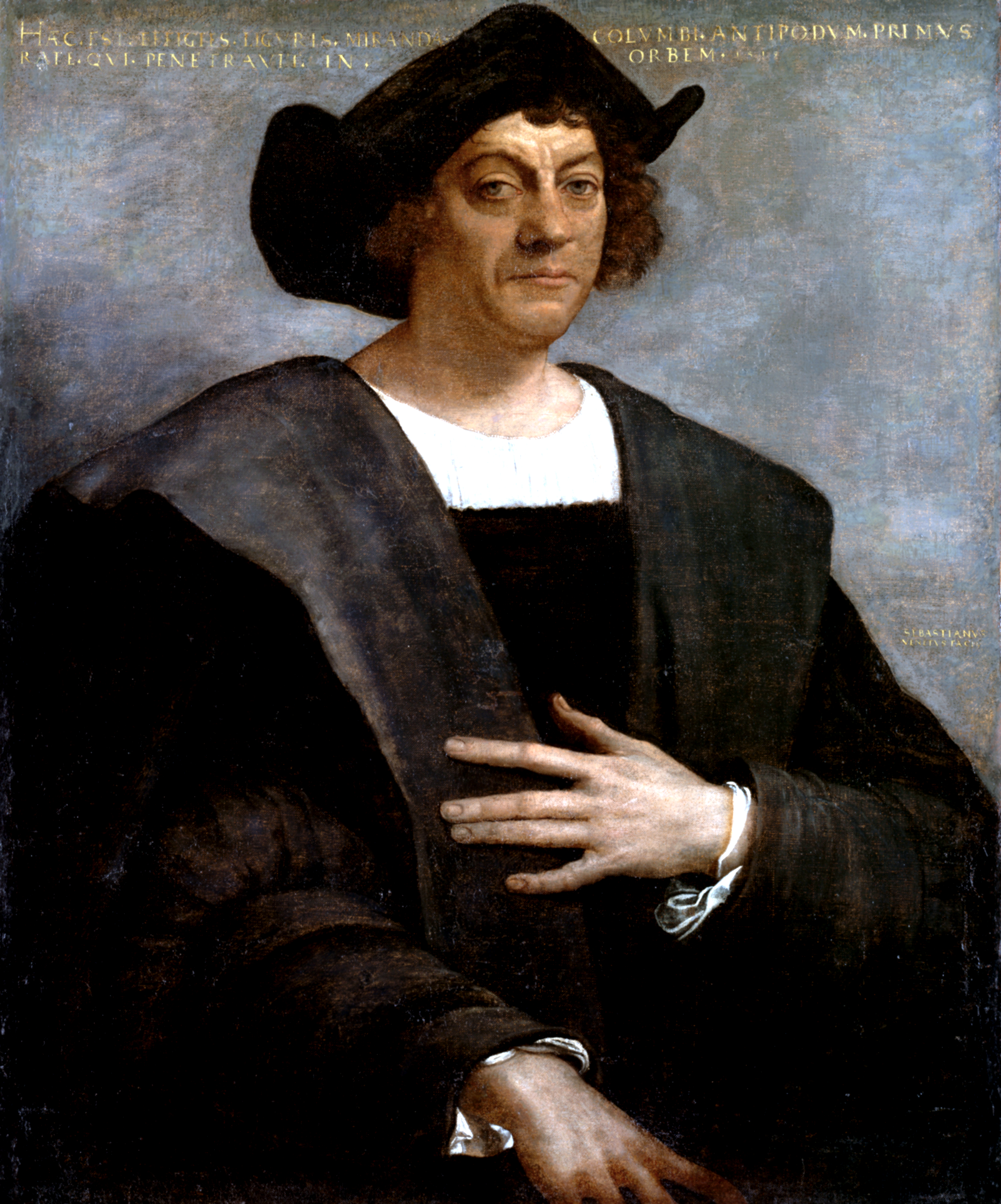Atlas Obscura on Slate is a blog about the world’s hidden wonders. Like us on Facebook and Tumblr, or follow us on Twitter.
He may have died over five centuries ago, but Christopher Columbus has still had an eventful year.
Things kicked off in April, when the Minneapolis City Council voted unanimously to celebrate Indigenous People’s Day instead of Columbus Day. Seattle followed suit in October. There are now 16 states that do not recognize Columbus Day as a public holiday, and a growing number of jurisdictions shifting the focus from the explorer to the effects of colonization on America’s indigenous population. These changes exemplify a growing national sentiment best expressed by John Oliver on Last Week Tonight: “How is Columbus Day still a thing?“
In May, American underwater archeologist Barry Clifford claimed to have discovered the wreck of the Santa Maria, Columbus’ flagship that ran aground off the coast of Haiti on Dec. 25, 1492. “I am confident that a full excavation of the wreck will yield the first-ever detailed marine archaeological evidence of Columbus’ discovery of America,” Clifford told the BBC. A UNESCO mission, requested by the Haitian government, headed over to examine the wreck, ultimately with anticlimactic results—in October, the team reported that the shipbuilding techniques used to construct this supposed Santa Maria dated to the 17th or 18th century. Case closed; ship still missing.
June saw the introduction of “Columbus” as a verb. Columbusing, according to College Humor, is when white people “discover” a place or phenomenon already well-known to people of color and blithely claim credit for it. (See: twerking; the rapidly gentrifying Brooklyn neighborhood of Bed-Stuy; the term “basic bitch.”)
Then there was last month’s left-field lob from Turkish President Recep Tayyip Erdogan. During a speech delivered in Istanbul on Nov. 15, Erdogan claimed Muslim sailors “discovered” America in 1178, a solid three centuries prior to the arrival of Columbus. His evidence for the claim was a 1492 diary entry written by Columbus that mentions a mosque on a hill in Cuba. It was a metaphorical mosque, most likely a natural feature of the land, according to most scholars who’ve delved into the issue. But that didn’t stop Erdogan from claiming a 12th-century Muslim presence in America. (The indigenous population, present in North America for thousands of years before any of this went down, did not get a mention. Nor did the Vikings, who made it to Newfoundland circa 1000 A.D.)
Columbus would be rolling in his grave at all of this, but there’s a problem there, too: it’s not certain where he lies, exactly. Due to a lot of posthumous travel, the Italian explorer rests in pieces. Two sites claim to hold his remains: Seville Cathedral in Spain, and the Columbus Lighthouse at Santo Domingo in the Dominican Republic.

Columbus was buried in the Spanish city of Valladolid after dying there in 1506. His son, Diego, wasn’t satisfied with this arrangement, and had his father’s remains disinterred and sent to a monastery in Seville. There they stayed until 1542, when they were packed up and put on a boat bound for Santo Domingo in what is now the Dominican Republic. (The grand new Cathedral of Santa Maria la Menor had just been built in Santo Domingo, and it seemed a fitting location for Columbus’ remains.)
The cathedral, however, was far from Columbus’ final resting place. In 1795, when France ousted Spain from Hispaniola (the island now shared by Haiti and the Dominican Republic), Columbus’ remains were taken to Havana, Cuba. Following Cuba’s 1898 independence from Spain, Columbus ended up back in Andalusia, interred in an ornate tomb at Seville Cathedral.

If only the journey had ended there. Back in the Dominican Republic, a worker at the Cathedral of Santa Maria la Menor had discovered a box of bones marked “The illustrious and excellent man, Don Colon, Admiral of the Ocean Sea.” (“Colon” being the Spanish way of saying Columbus.) The implication of this find was that the Spanish had taken the wrong guy’s remains back to Seville and left Columbus, the “illustrious and excellent man,” in Santo Domingo. But there was a catch: Diego, Columbus’ son, was also known as Don Colon, Admiral of the Sea. Those remains could have been his—or even someone else’s, placed in the wrong box.
Undeterred by the possible case of mistaken identity, Santo Domingo built a massive, blocky cruciform “Columbus Lighthouse” to serve as the explorer’s tomb. The 688-foot-long complex opened in 1992, in commemoration of the 500th anniversary of Columbus’ 1492 voyage.
Both Seville Cathedral and the Columbus Lighthouse claim to be the keepers of the Italian explorer’s remains. Science has intervened in the argument—in 2006, DNA testing on the Seville bone fragments confirmed they belonged to Columbus. That did not, however, negate the possibility that some of Columbus is still in Santo Domingo. Administrators of the Columbus Lighthouse refuse to allow the remains they hold to be disinterred, citing respect for the dead as their reason.
Visit Atlas Obscura for more on the Columbus Lighthouse in Santo Domingo and the Columbus tomb in Seville.
Other intriguing tombs:
